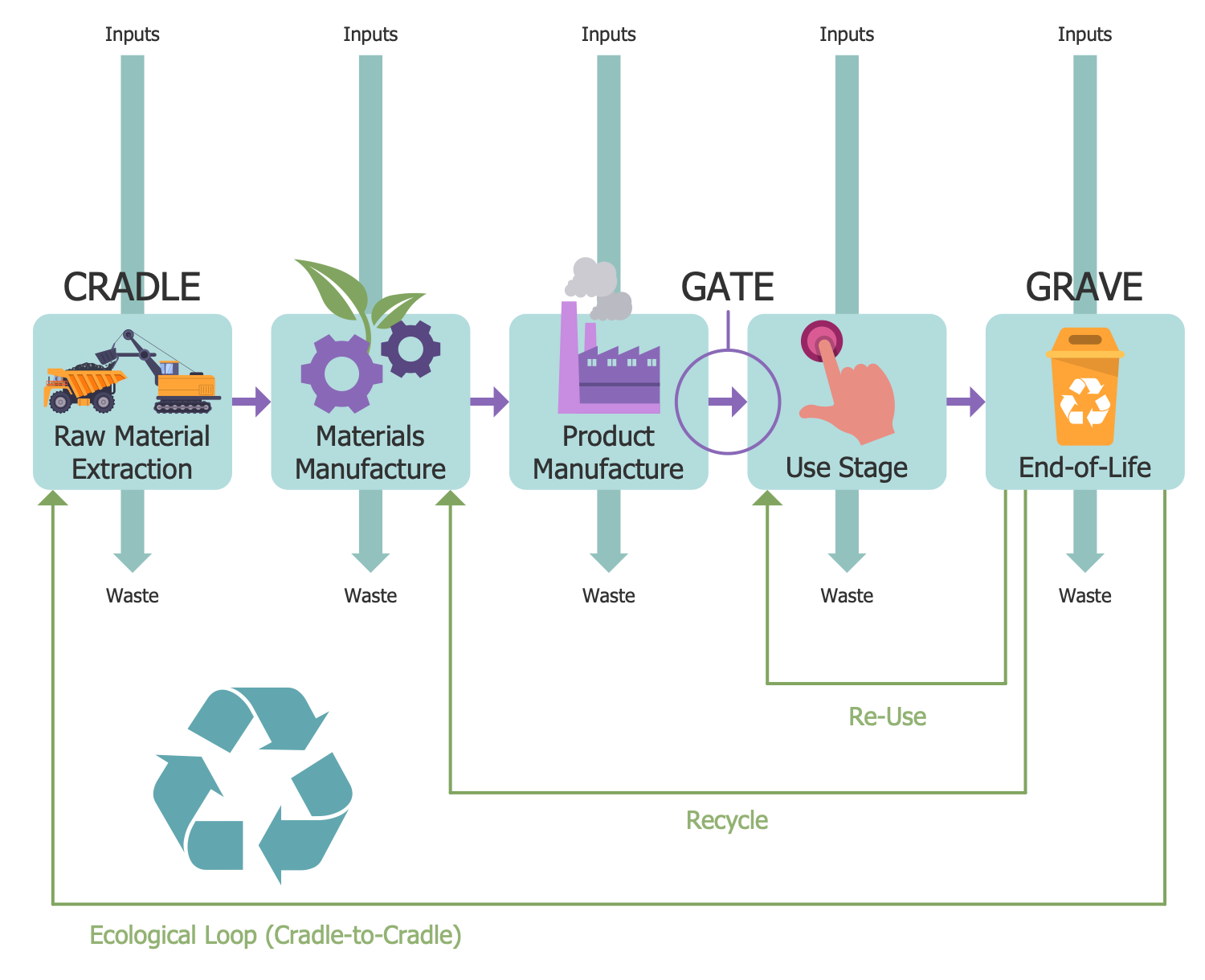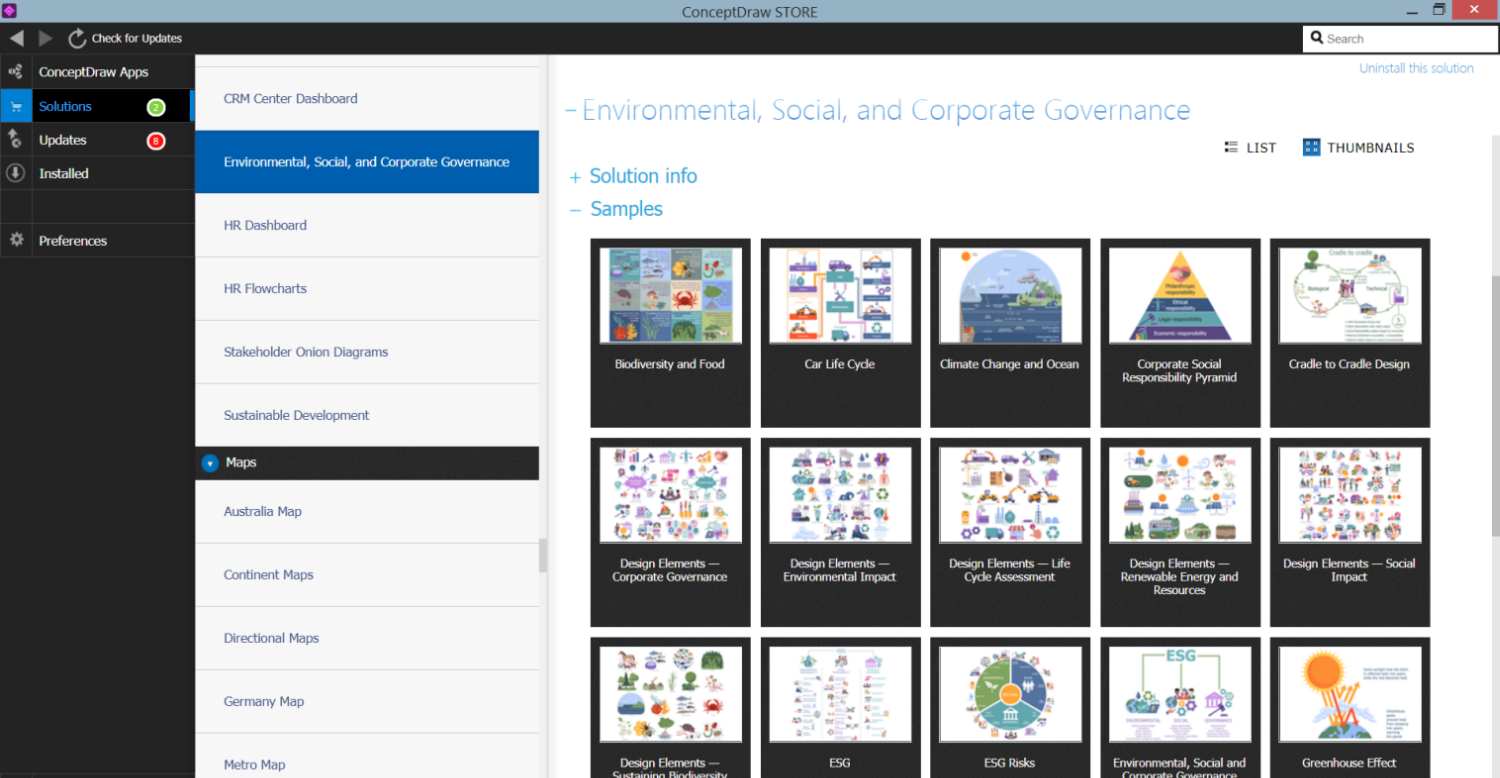Waste Management
Waste management is a strategy of an organization used to dispose, reuse, reduce, and prevent waste. It includes all the activities, processes, and actions required to manage waste from inception to disposal.
Waste management is based on environmental stewardship, positive social impact, and sound governance. It is a part of sustainability. Waste minimization is one of the key principles of waste management. Each enterprise identifies its own opportunities to eliminate waste, recycle and reuse them. At the same time, waste management should be optimized in order to decrease harmful emissions for human health. The methods used to dispose waste include recycling, bioremediation, composting, incineration, landfills, the transformation of waste to energy, and waste minimization.
ESG goals and principles have a growing priority for investors. Sustainable waste management improves the ESG score of a company, brand reputation, and increases the company's appeal to investors. To operate according to ESG, businesses need to maximize recycling, minimize waste and pollution, efficiently use water, energy, and materials, and reduce packaging. The preference is given to the development of products able to be disassembly and reused, rather than wasted. A company’s ability to operate according to the ESG approach and manage effectively environmental, social, and governance issues, is valuable and helps to its sustainable growth and development of society as a whole.
Environmental issues are among the most important for the ESG approach. Waste management and recycling policies refer to them and matter to ESG investors. Waste management has a significant impact on the carbon footprint and helps to minimize it, supports in managing operational costs and resource efficiency, and extraction of maximum value from the consumed resources.
The legislation base helps to manage waste and recycling at all levels of government, from state to local. A sustainable and responsible waste management system is implemented obligatory according to the legislation base.

Example 1. Waste Management and Life Cycle Assessment
Environmental, Social, and Corporate Governance solution is the best tool to design infographics, diagrams, and illustrations related to waste management, ESG, and taking informed investment decisions. Illustrate easily the ESG principles, methods of minimization waste, streamlining waste operations, recycling, and specify the ones which your company applies. Align your waste operations with your ESG objectives, deliver sustainable growth to the companies, and make your business more attractive to investors and customers.
Example 2. ESG Solution in ConceptDraw STORE
Environmental, Social, and Corporate Governance solution provides 6 libraries of ready-made vector design elements, which you can combine in various ways:
- Corporate Governance
- Environmental Impact
- Social Impact
- Life Cycle Assessment
- Renewable Energy and Resources
- Sustaining Biodiversity
Example 3. ESG Infographics — Triple Bottom Line
The ESG infographic samples you see on this page were created in ConceptDraw DIAGRAM software using the drawing tools of the Environmental, Social, and Corporate Governance Solution. These examples successfully demonstrate the solution's capabilities and professional results you can achieve using it. An experienced user spent 5-10 minutes creating each of these samples.
Use the drawing tools of the Environmental, Social, and Corporate Governance solution to design your own ESG Infographics quick, easy, and effective.
All source documents are vector graphic documents. They are available for reviewing, modifying, or converting to a variety of formats (PDF file, MS PowerPoint, MS Visio, and many other graphic formats) from the ConceptDraw STORE. The Environmental, Social, and Corporate Governance Solution is available for ConceptDraw DIAGRAM users.

